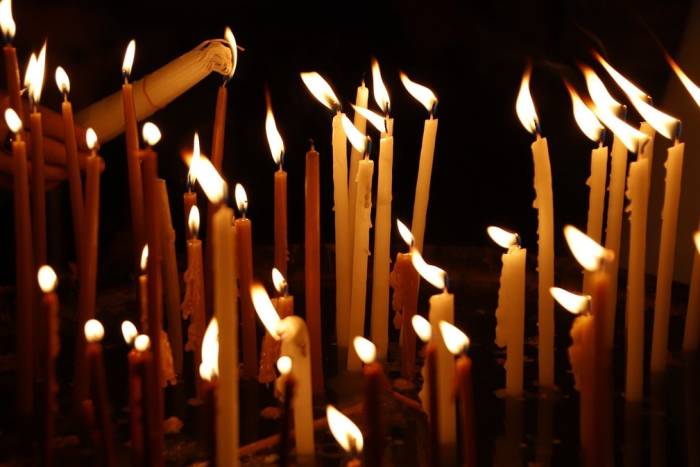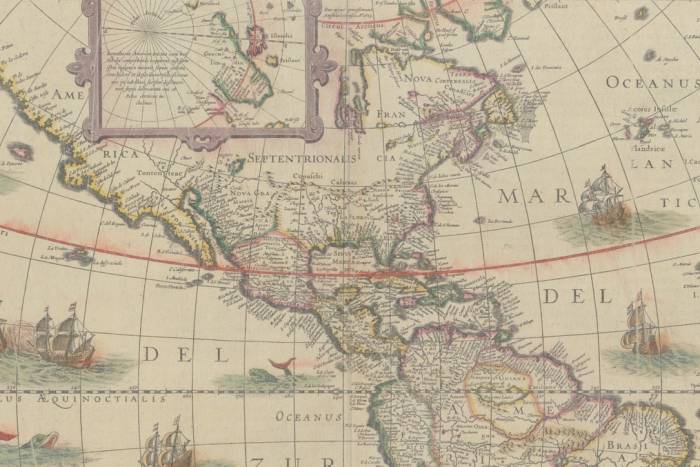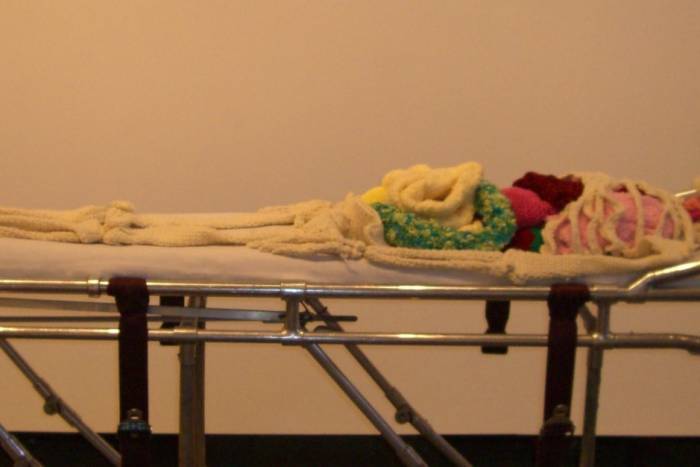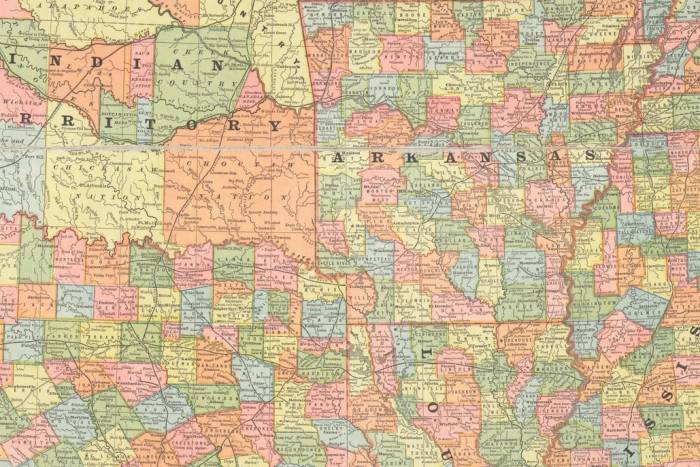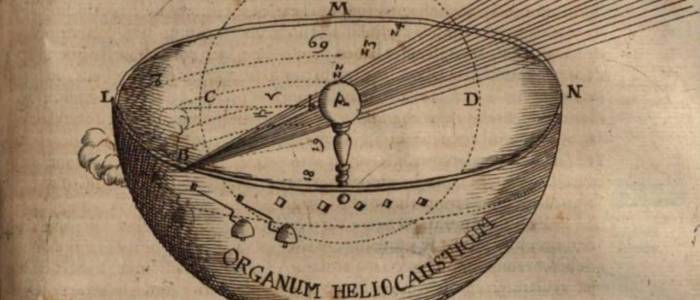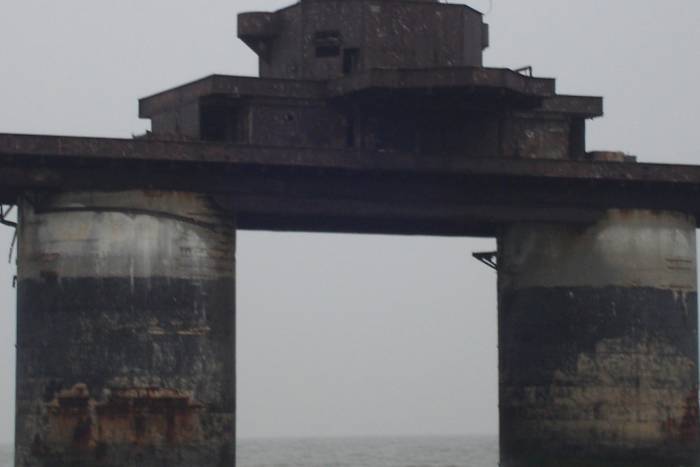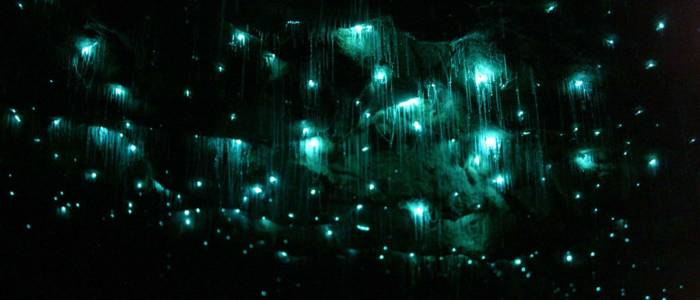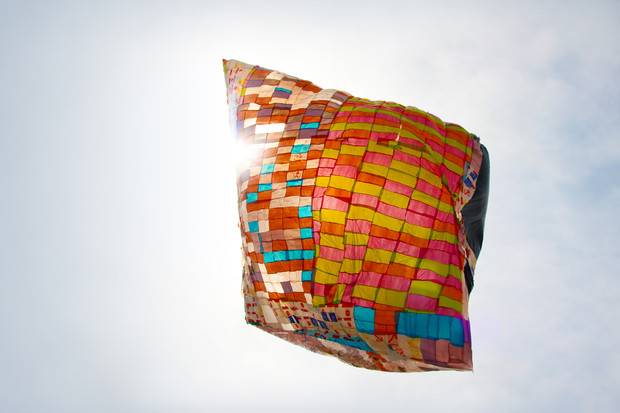Inhotim, a Botanical Paradise Full of the Most Wonderful Sculptures
Ninety hectares of tropical paradise, inhabited by works of art, is the legacy that a single man gifted humanity.
The product of the botanical passion of a mining magnate named Bernardo Paz, Inhotim is a paradise that can be found 370 miles from Sao Paulo and Rio de Janeiro. The project began in a farm in the vicinity to where the Paz family used to spend their weekends. Paz began to collect works of art on a grand scale, and the more pieces he acquired the more land he bought to house them. When the pieces began to outgrow the space, he called the famous landscape architect Robert Murle Marx, responsible for Brasilia’s gardens and most of Rio de Janeiro’s as well. Together they focused on building a tropical paradise unlike any that had been seen before, which opened its doors to the public in 2006.
“Art only makes sense when it is cherished by all. There is no reason for restricting contemporary art access to a few art collectors. That was our key purpose when creating Inhotim”, noted the creators.
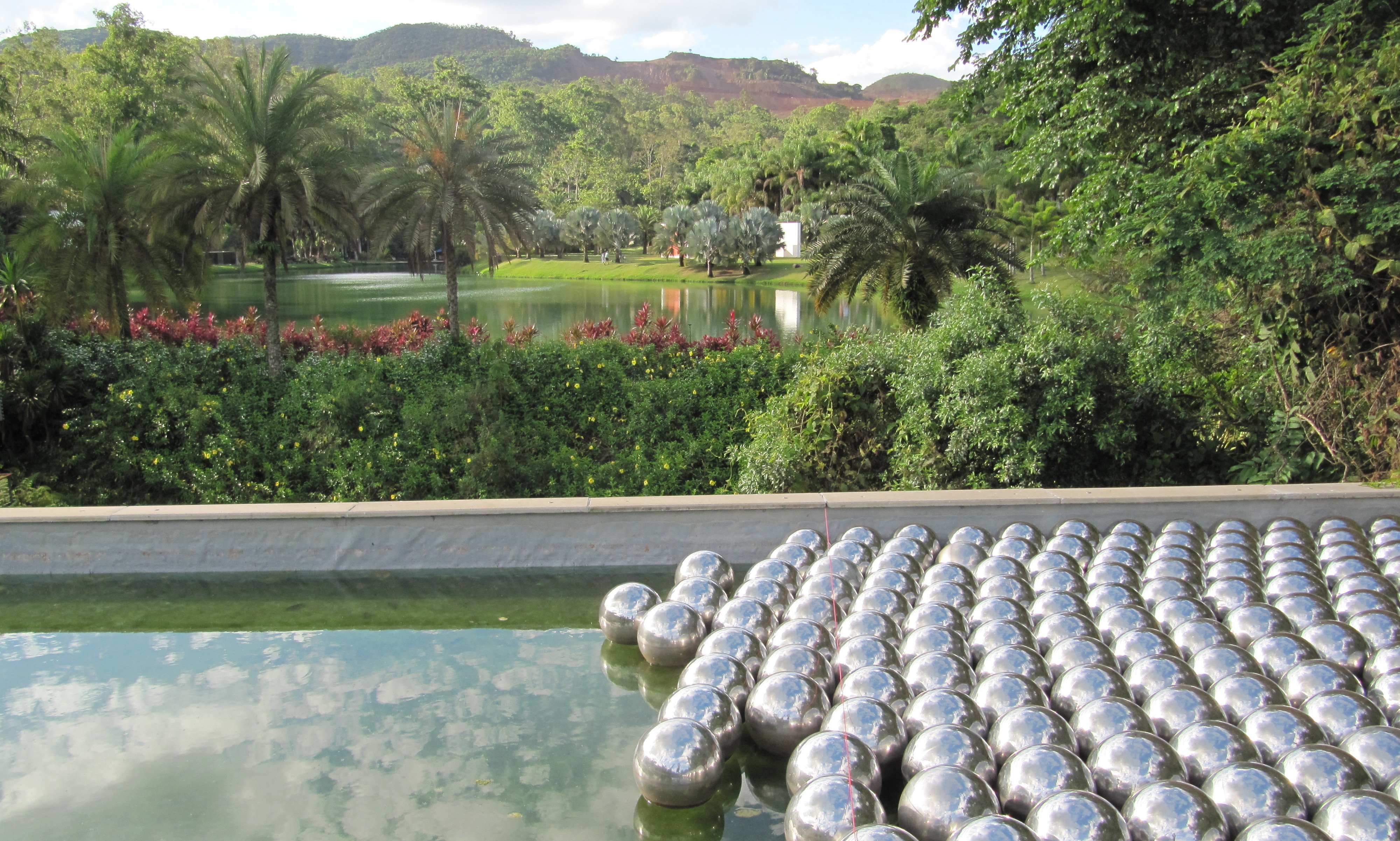
Inhotim is a dialogue between art and nature, a perfect correspondence in which over 100 installations from different nations coexist in natural spaces, designed especially for each one of them. Among the artists that are shown there are the Brasilians Helio Oitcica, Tunga, Lygia Pape, Lygia Clark, Cildo Meireles and Ernesto Neto, meanwhile the international representatives are: Olafur Eliasson, Chris Burden, Matthew Barney, Doug Aitken, and Janet Cardiff. The most plentiful pieces are sculptures (there are mirror games, enormous kaleidoscopes, ephemeral and conceptual art, optical, organic illusions, etc.), but we can also find videoart, painting, mosaics and architecture –– a true wonderland of visual culture.
The botanical garden that envelops all of the pieces covers over 90 acres, and has an incredible organic collection made up of 1,500 varieties of palms, 600 lily types, and around 420 orchids of 335 species. Thanks to this, since 2005 the location has become a fortunate library for students and researchers.
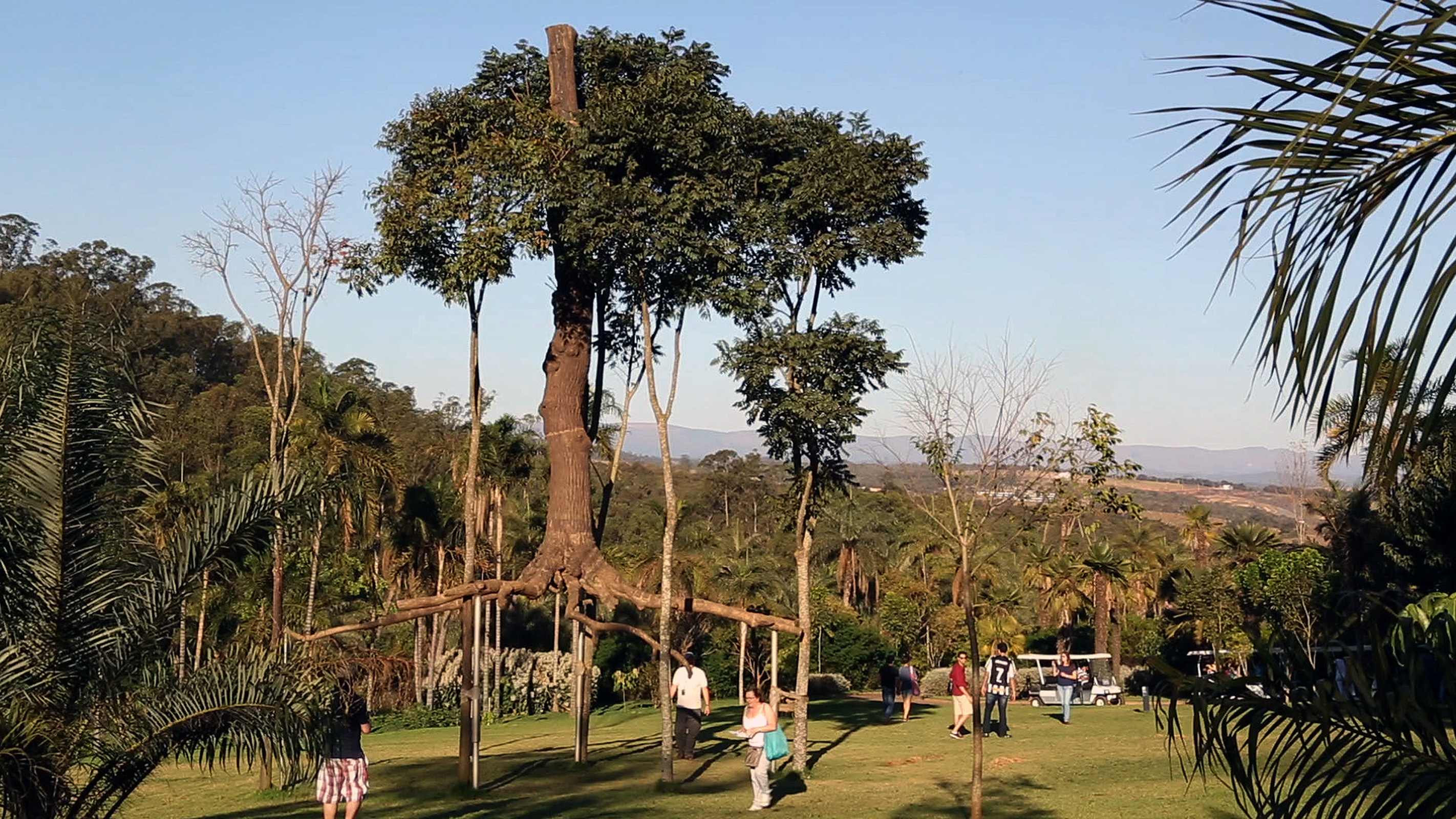
The greatest efforts have been made to ensure the place is completely sustainable. The benches for example, are carved from old tree trunks and there are 160 of them around the park. The garden’s organic material and the waste from the restaurant and bar is recycled and made into rich compost that is used in the planting and maintenance of the botanical species. Currently the park has five artificial lakes that cover around 40,000 squared metres; they are used as irrigation reserves because it only rains six months a year. If you happen to travel to Brazil visiting this paradise, created especially for visitors is a must, here you will be able to experience the uniqueness of art’s return to nature.
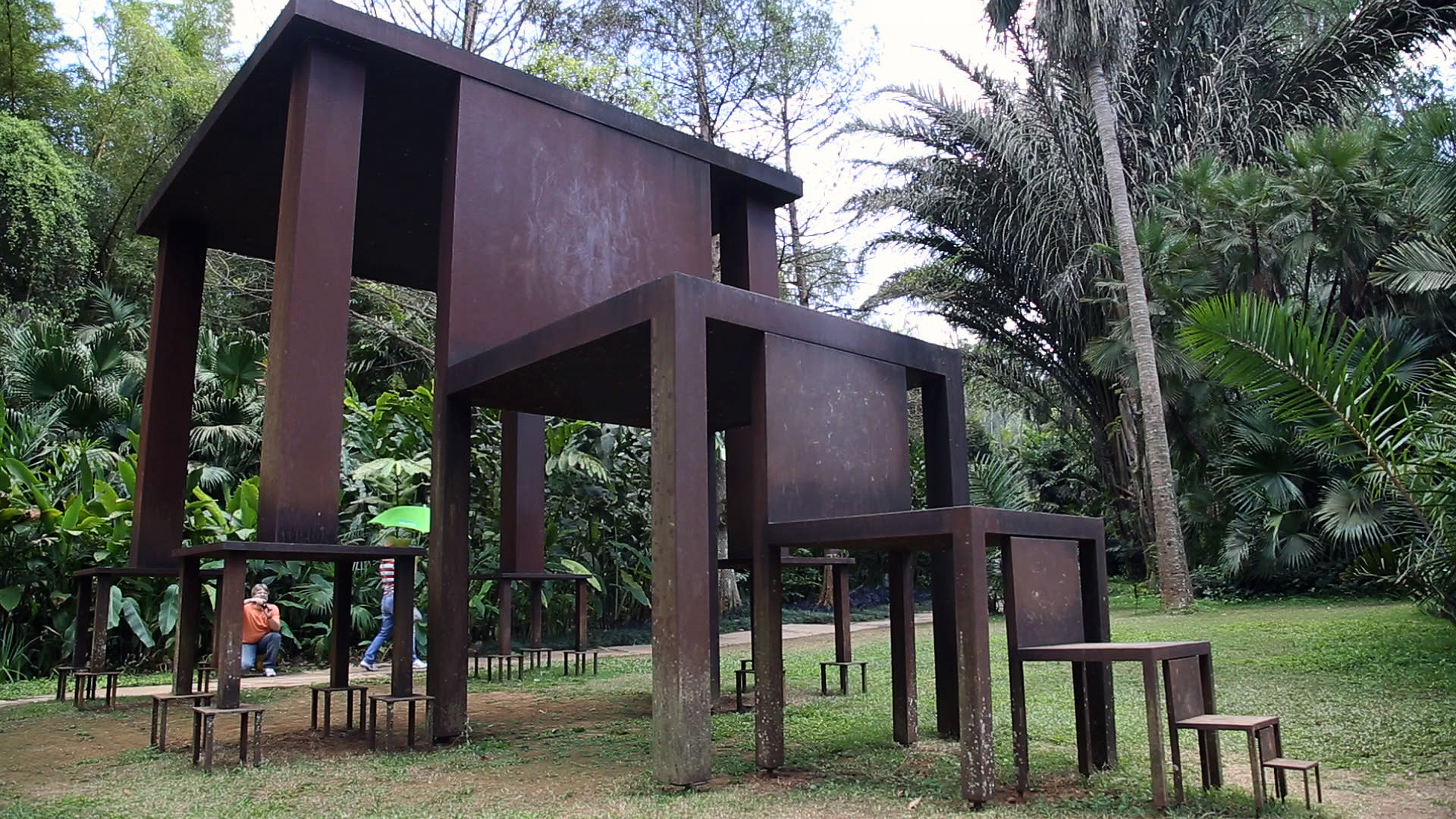
Related Articles
When ancient rituals became religion
The emergence of religions irreversibly changed the history of humanity. It’s therefore essential to ask when and how did ancient peoples’ rituals become organized systems of thought, each with their
Seven ancient maps of the Americas
A map is not the territory. —Alfred Korzybski Maps are never merely maps. They’re human projections, metaphors in which we find both the geographical and the imaginary. The cases of ghost islands
An artist crochets a perfect skeleton and internal organs
Shanell Papp is a skilled textile and crochet artist. She spent four long months crocheting a life-size skeleton in wool. She then filled it in with the organs of the human body in an act as patient
A musical tribute to maps
A sequence of sounds, rhythms, melodies and silences: music is a most primitive art, the most essential, and the most powerful of all languages. Its capacity is not limited to the (hardly trivial)
The enchantment of 17th-century optics
The sense of sight is perhaps one the imagination’s most prolific masters. That is why humankind has been fascinated and bewitched by optics and their possibilities for centuries. Like the heart, the
Would you found your own micro-nation? These eccentric examples show how easy it can be
Founding a country is, in some ways, a simple task. It is enough to manifest its existence and the motives for creating a new political entity. At least that is what has been demonstrated by the
Wondrous crossings: the galaxy caves of New Zealand
Often, the most extraordinary phenomena are “jealous of themselves” ––and they happen where the human eye cannot enjoy them. However, they can be discovered, and when we do find them we experience a
Think you have strange reading habits? Wait until you've seen how Mcluhan reads
We often forget or neglect to think about the infinite circumstances that are condensed in the acts that we consider habitual. Using a fork to eat, for example, or walking down the street and being
The sky is calling us, a love letter to the cosmos (video)
We once dreamt of open sails and Open seas We once dreamt of new frontiers and New lands Are we still a brave people? We must not forget that the very stars we see nowadays are the same stars and
The sister you always wanted (but made into a crystal chandelier)
Lucas Maassen always wanted to have a sister. And after 36 years he finally procured one, except, as strange as it may sound, in the shape of a chandelier. Maassen, a Dutch designer, asked the

